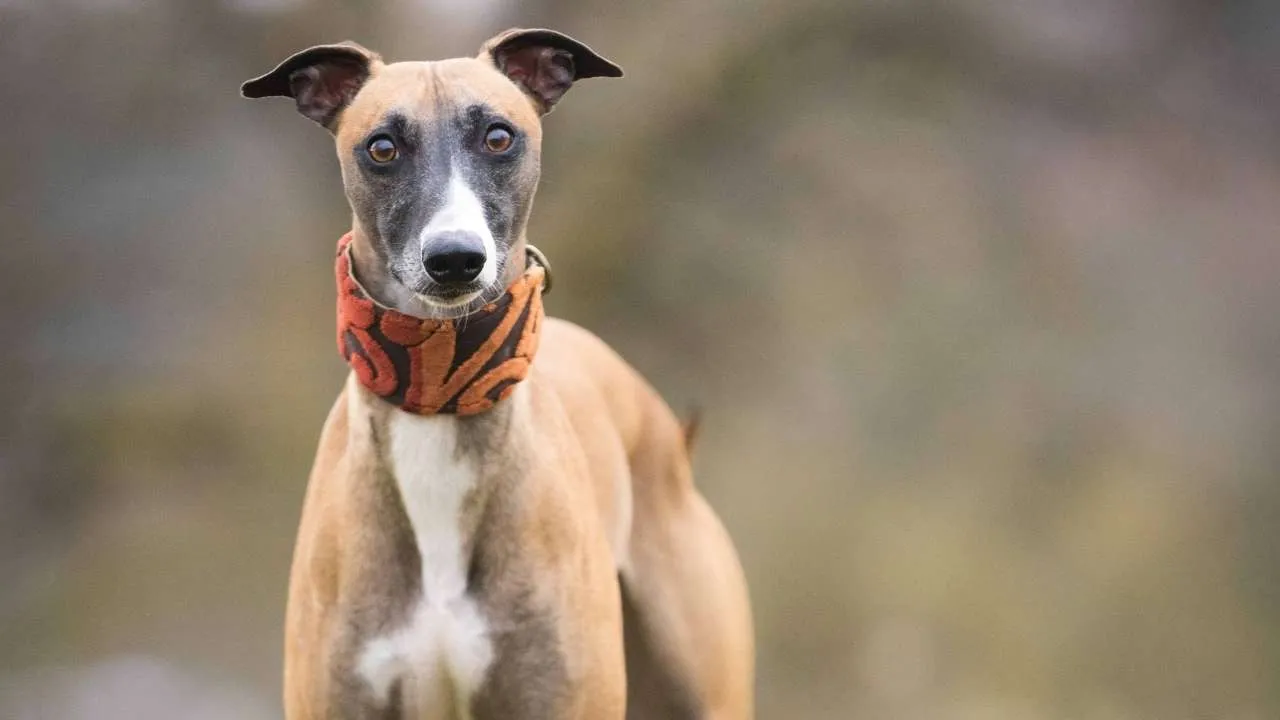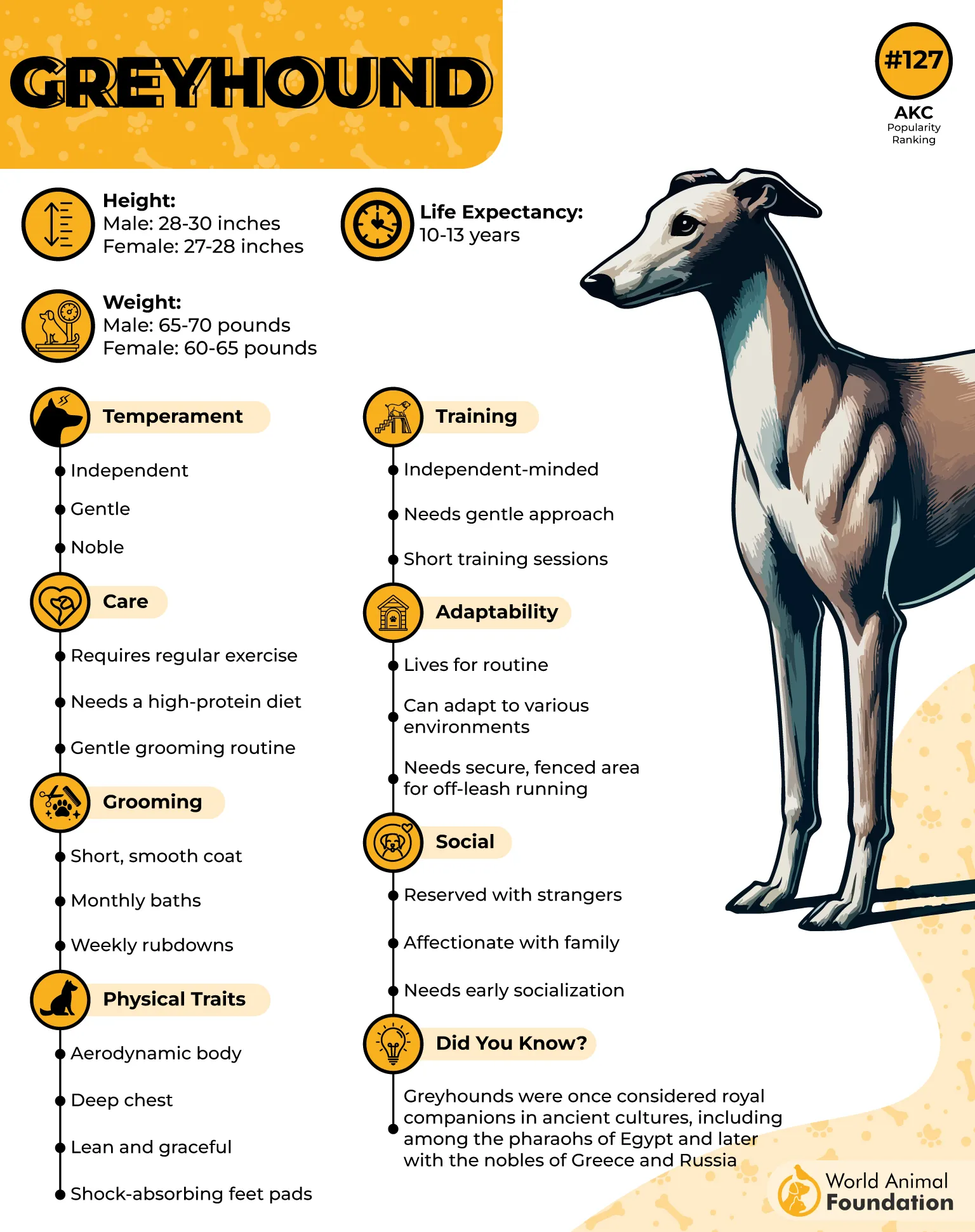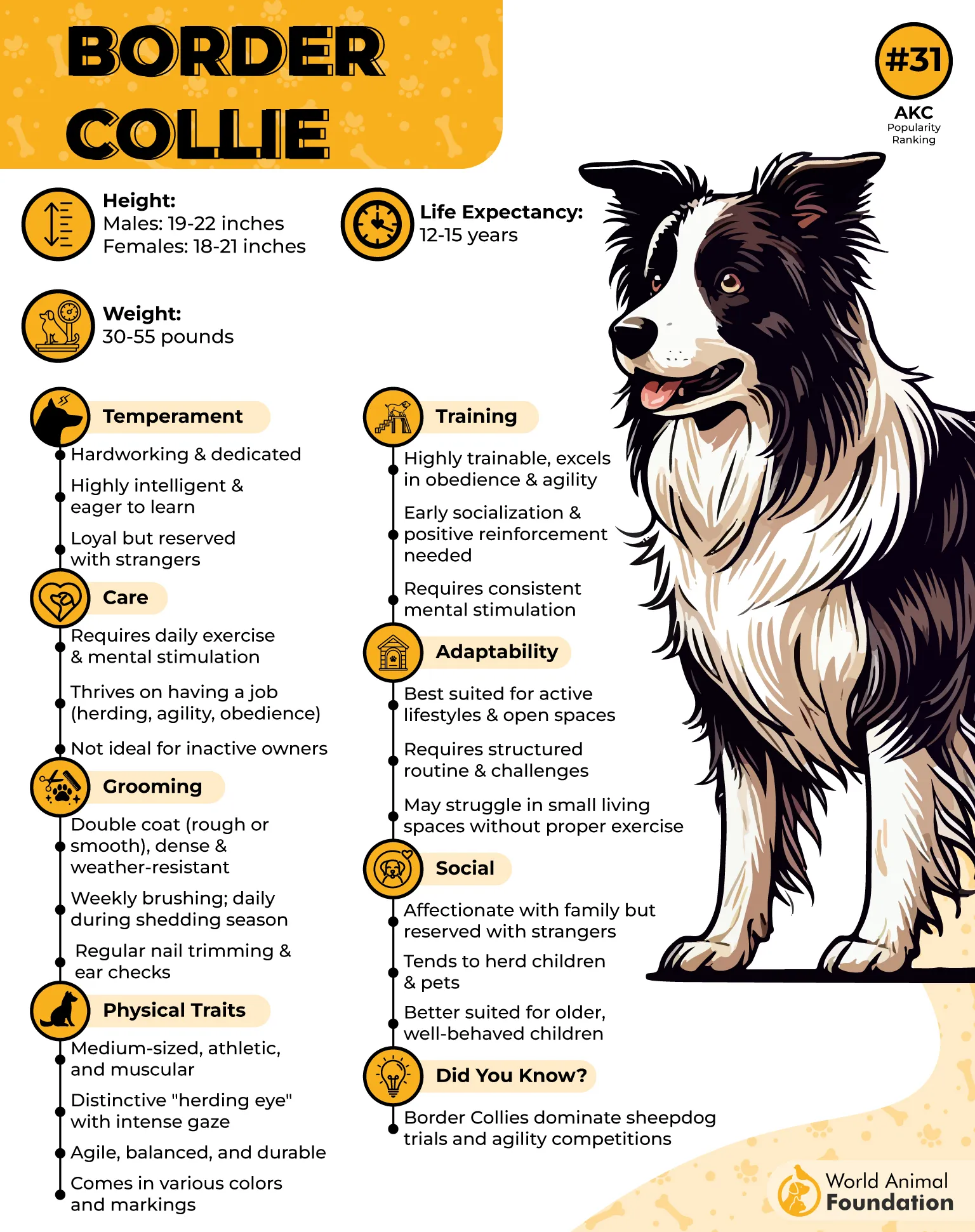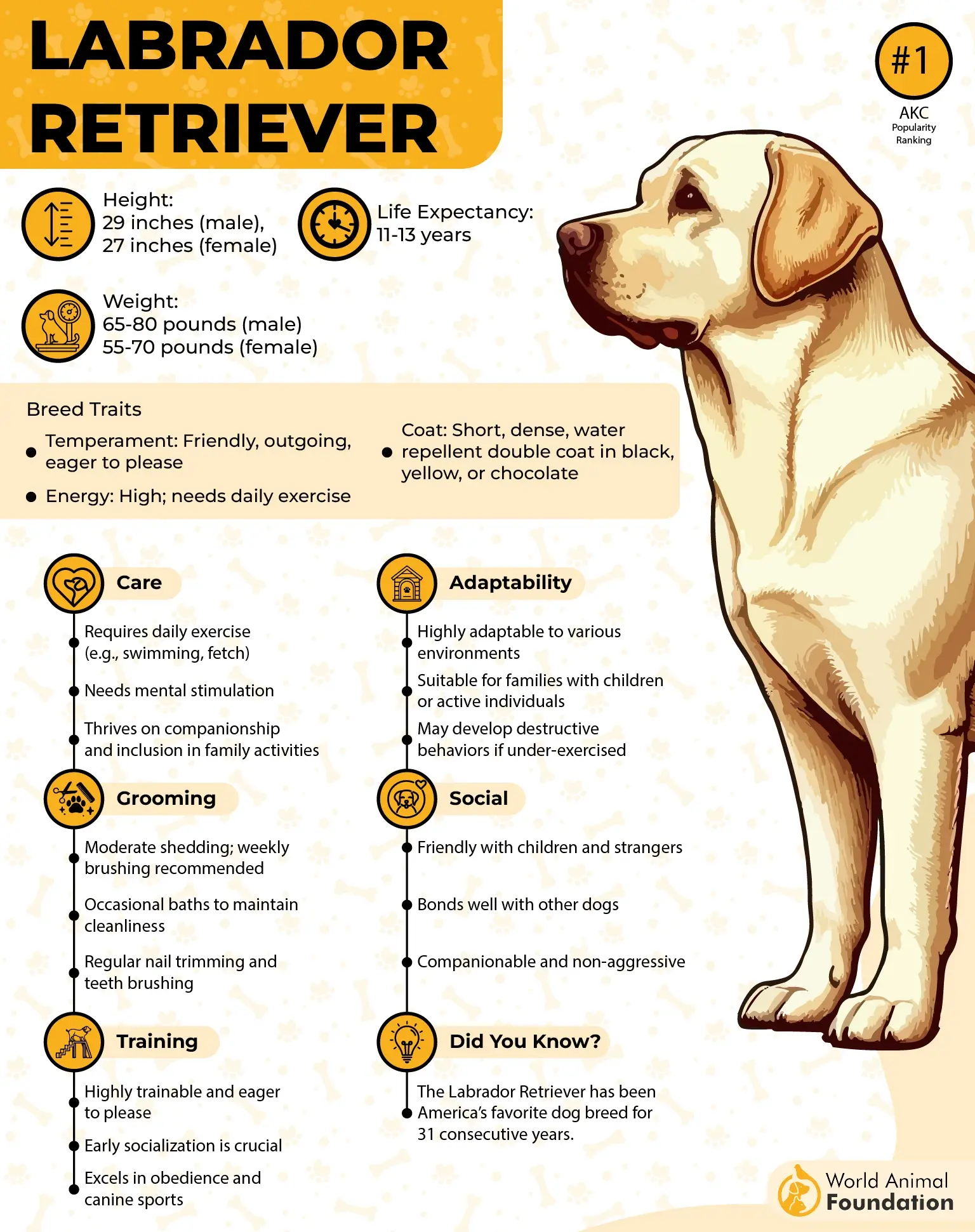“An early-morning walk is a blessing for the whole day.” That line by Henry David Thoreau rings true for many, but for certain dogs, it’s more than a walk. It’s a run, a sprint, a climb. It’s the beginning of everything.
Dogs have always been our companions in motion. They’ve followed hunters, travelers, and athletes for centuries. Some still carry that spirit today. These aren’t lap dogs or lazy loungers.
These are trail dogs. They wake early, breathe deep, and stay beside you for every mile. Their joy isn’t in treats or toys—it’s in distance. Morning trail runs don’t just help their health. They give them purpose.
If your mornings start with laced shoes and winding dirt paths, some breeds share your love for that ritual. Here are the dog breeds that love long trail runs every morning.
Dog Breeds That Love Long Trail Runs Every Morning
1. Greyhound

The Greyhound’s light frame and deep chest aren’t just for sprinting. Their physical build supports steady breathing and efficient pacing during early morning runs. They keep momentum across long distances with less fatigue than heavier-bodied breeds.
Bred for More Than Speed
Though best known for racing, Greyhounds were originally bred for hunting game over open terrain, as per Zooplus. This gave them endurance as well as top speed, making them surprisingly reliable companions for long-distance trail running.

Mental Stillness, Physical Drive
This breed blends calm indoor behavior with an outdoor work ethic that switches on instantly. Their focused, distraction-free nature allows them to settle into a rhythm across trails, even with shifting terrain or new scents.
Recovery and Readiness
Despite their fast bursts, Greyhounds handle recovery well and return to peak form quickly. Their lean muscles adapt to repeated activity across long distances, making them consistent partners for daily trail routines.
2. Border Collie

Border Collies have a lean yet sturdy skeletal frame that supports their agile movements. Their dense bones are well-adapted for quick directional changes during herding. This strong structure plays a major role in maintaining their long-term physical health, especially during rigorous outdoor activity.
High Activity Keeps Them Fit
These energetic dogs are always on the move, whether it’s chasing sheep or running through fields. Daily physical stimulation ensures their joints stay lubricated and muscles stay supportive. It’s not unusual to see them actively working or playing even as they approach their senior years.

Natural Endurance Helps Bones Age Well
With extreme running endurance built into their genetics, Border Collies maintain excellent muscle tone throughout life. This physical consistency helps reduce pressure on their bones and joints over time. Their sustained activity level supports natural bone density, even in older age.
Mental Alertness and Physical Balance
As one of the best dog breeds in terms of both intelligence and agility, they rely on sharp coordination. Their quick reflexes and balanced posture reduce the risk of physical injuries. Their herding instincts keep their body in constant motion, strengthening their skeletal system daily.
3. Labrador Retriever

Labrador Retrievers have a sturdy, athletic build with a deep chest and well-developed muscles, making them naturally strong. Their bones are dense and proportionate to support high levels of activity. This structure allows them to maintain impressive bone strength well into their senior years.
Lifelong Physical Activity
They were originally bred as working and hunting dogs, often assisting in retrieving game from water and land. This history explains their need for regular physical exercise to maintain joint and bone health. Their endurance and love for movement keep their skeletal structure well-conditioned over time.

Active Outdoor Companions
Known as great dog runners, Labs love outdoor adventures and staying on the move. Whether you’re walking trails or hiking long distances, this breed thrives on such physical challenges. Their consistent activity levels contribute to maintaining bone mass and overall physical resilience.
Popular for a Reason
Lab is one of the most widely adopted dog breeds due to their temperament, loyalty, and strength, as stated in Royal Canin. Their natural athleticism and desire to stay active support healthy aging. Even after a decade, many Labs show a strong, agile frame that keeps up with their playful nature.
4. German Shepherd
German Shepherds are known for their sturdy skeletal build, which supports their agility and endurance. Their dense bones give them the strength to take on physically demanding tasks. This strong foundation contributes to the dog’s ability to remain active even as it ages.
Loyal Working Nature
Originally bred for herding and guarding, they are highly intelligent and quick learners. This big dog thrives in structured environments, especially those involving physical activity and problem-solving tasks. Their energy and focus make them one of the most reliable working companions.
Adaptable to Activities
They adjust well to various tasks, from agility sports to search-and-rescue work. An adventurous breed by nature, they stay mentally and physically healthy when kept engaged. This adaptability has made them a top choice for roles requiring discipline and stamina.
Health and Bone Longevity
When provided with a balanced diet and regular exercise, their bones remain robust well into their senior years. Most dogs with this breed’s build experience fewer joint issues if cared for properly. Preventive health checks also help maintain their bone density over time.
5. Weimaraner
Originally bred in Germany for hunting large game, the Weimaraner is packed with energy and thrives on high physical activity. Its lean body, long legs, and strong cardiovascular health allow it to handle long distances without tiring quickly.
Mental Alertness on the Trail
Weimaraners are not just physically capable—they’re mentally sharp too. Their high intelligence means they respond well to commands and stay focused even on unpredictable terrain. This makes them reliable companions for trail runs in more complex outdoor environments.
Thrives With Daily Exercise
Regular physical activity isn’t optional for a Weimaraner; it’s a necessity. Without consistent exercise, they can become restless and difficult to manage at home. But give them their morning trail run, and they’ll reward you with a calm, happy presence the rest of the day.
Bonding Through Movement
These dogs love being with their humans, especially during shared activities. Their drive to stay close and in sync during runs builds a special relationship between the runner and the dog. It’s also one of the rare cases where the individual dog enjoys both physical effort and emotional closeness simultaneously.
6. Dalmatian
Dalmatians are medium-sized dogs known for their sleek, athletic build and iconic black or liver spots. Their short coat is dense and fine, offering minimal grooming needs. They have strong muscles, deep chests, and a graceful gait that reflects their endurance and stamina.
Temperament and Behavior
They are intelligent and highly alert, often forming strong bonds with their family. Dalmatians require early socialization and training, as they may become reserved or overly energetic without proper engagement. They’re known to be loyal, making them great companions for active households.
Exercise and Activity Level
These energetic dogs thrive on physical activity and mental challenges. Daily vigorous exercise is essential, as they were originally bred to run alongside horse-drawn carriages. Their extreme running endurance is one of their most recognized traits among working breeds.

Trainability and Intelligence
Dalmatians respond well to firm, consistent training, especially when paired with positive reinforcement. Their intelligence makes them quick learners, though they may show a stubborn streak at times. Due to their strong instincts and energy, they’re better suited for experienced owners.
7. Vizsla
The Vizsla has a lean, muscular frame and a short, rust-colored coat that requires minimal grooming. Its defined features and graceful movement give it an athletic, polished look. The breed’s expressive eyes and floppy ears add to its distinct charm.
Temperament and Behavior
Known for their loyalty and gentle nature, Vizslas form deep bonds with their families. They are highly affectionate and often follow their owners from room to room. Because of this close attachment, they don’t do well when left alone for long hours.
Exercise and Mental Stimulation
Vizslas are energetic dogs that need intense physical activity and engaging tasks daily. Originally bred for hunting in Hungary, they have excellent stamina and drive. Without proper outlets, they may develop behavioral problems due to boredom or restlessness.
Training and Intelligence
This breed responds well to consistent training, thanks to its eagerness to please and high intelligence. Vizslas enjoy learning new commands and participating in dog sports or tracking games. They also thrive with positive reinforcement and early socialization.
Conclusion
Some dogs want a warm lap. Others want a long trail, fresh wind, and wide-open space. The breeds on this list weren’t just made for movement—they were made to move with you.
Whether you run short stretches or decent distances, these working dogs keep pace effortlessly. Their instincts, stamina, and very sweet temperaments make them special. With proper care, a dog’s age doesn’t have to limit their joy for morning runs.
Going off-leash may take training, but with trust, it’s often possible. A few days of bonding and practice can go a long way. Every breed loves the trail in its own way—and now you know which ones were born to lead it.


